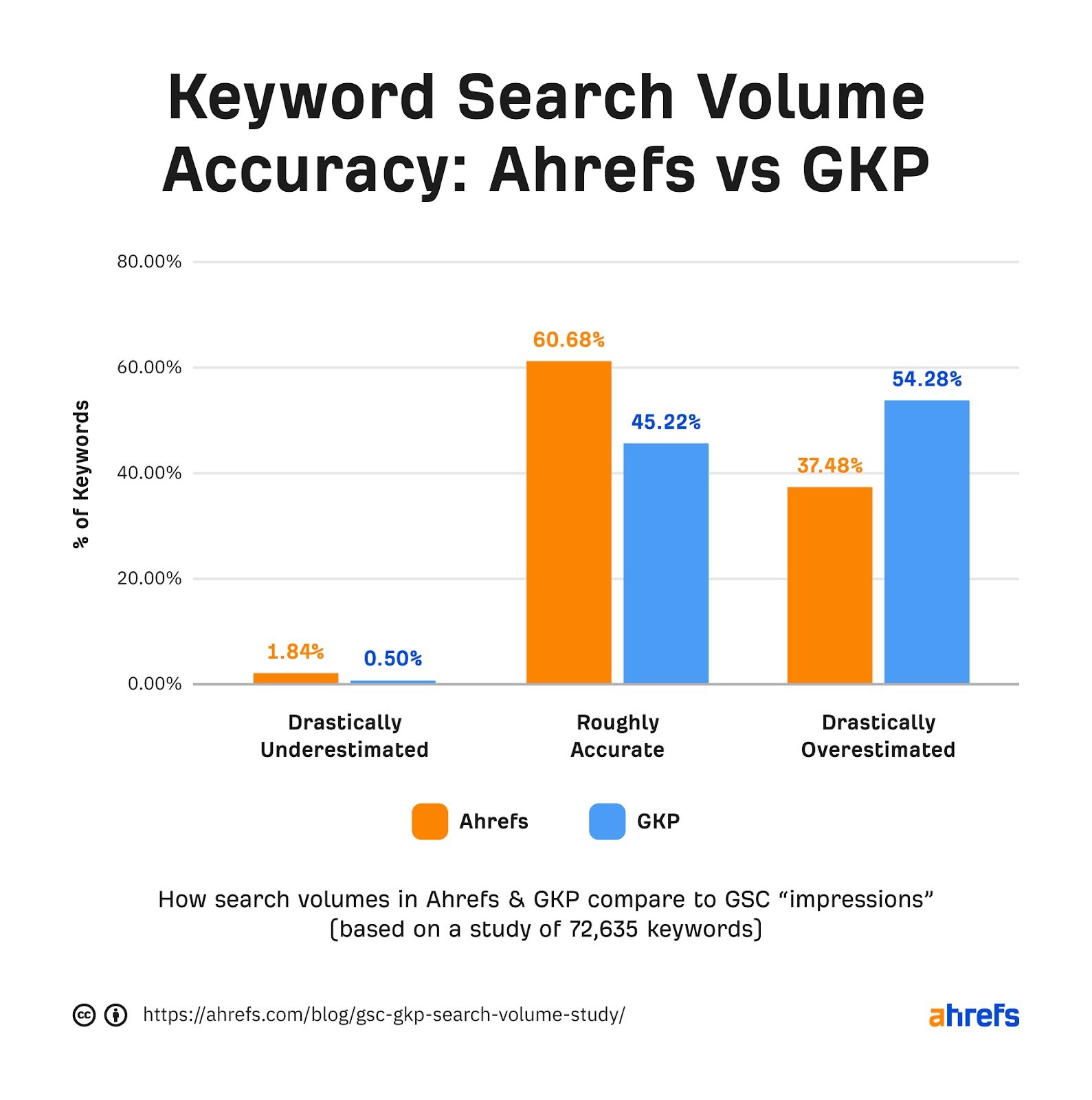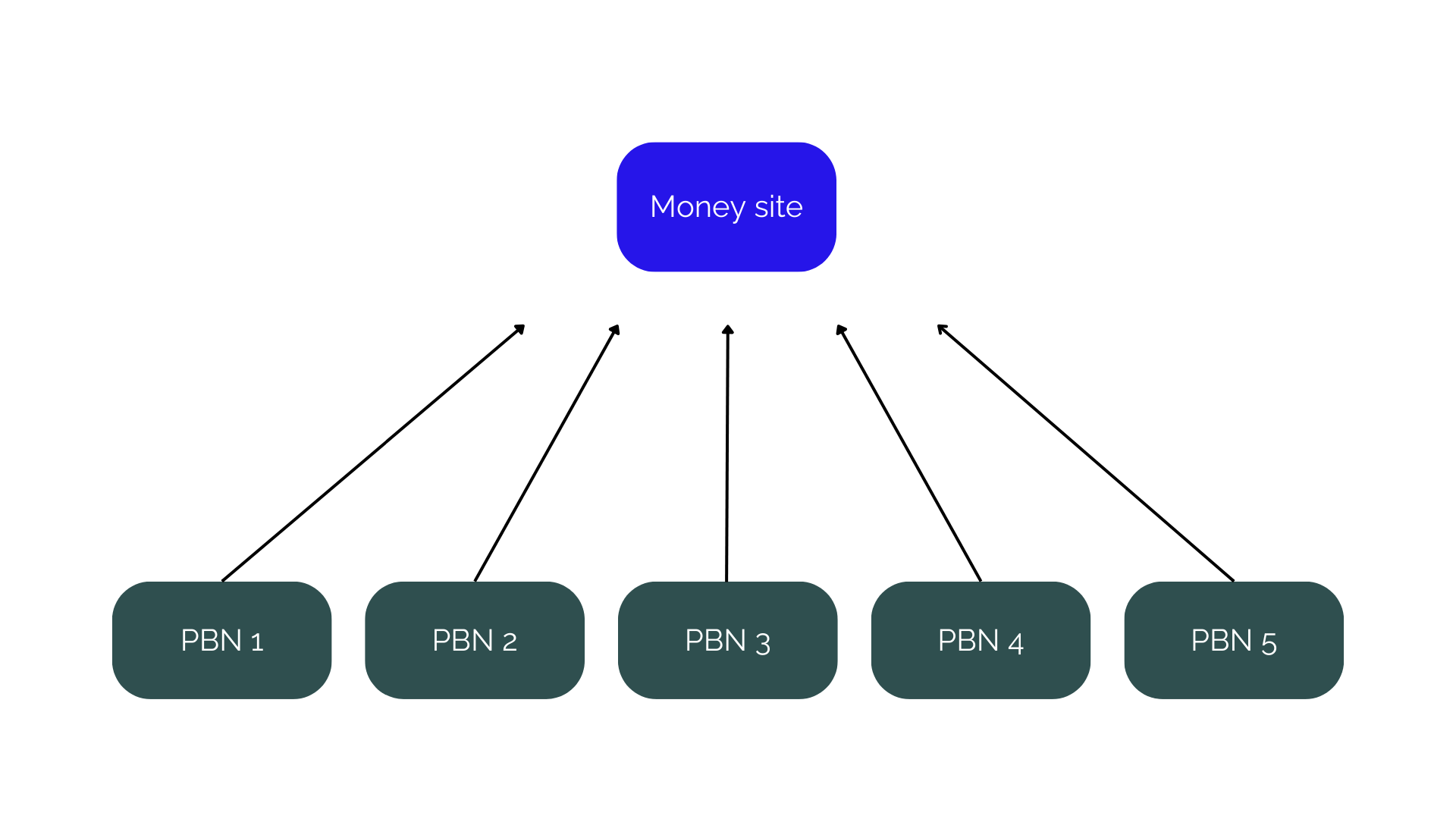SEO Tips for 2024
2024 is here and a new year of tumultuous algorithm updates awaits. In this article, I highlight my top search engine optimization tips for 2024 so that you can make sure to be visible on the keywords that are crucial to you.
The purpose is to address what is now more important than ever for your website to be able to rank organically on Google. Some of the tips will surely be new to you, while others are things you have already become familiar with.
1. Focus more on search intent and less on search volume
When I started with SEO about six years ago, search volume was always the deciding metric when choosing keywords to optimize for. Sure, search intent also played a role, but if I boiled it down to two keywords – one hyper-relevant with little search volume and the other with medium relevance but high volume – I would have chosen the latter.
This differs from how I work today for several reasons. First, Google is better than ever at understanding the intent behind user searches. To rank for a search term, it's essential that the content on your page matches what Google considers to be what the user is looking for.
This has always been important from a UX perspective, but after the launch of BERT in 2019, it also became crucial for SEO. BERT (Bidirectional Encoder Representations from Transformers) is Google's learning model developed to better understand user searches.
What distinguished BERT from previous models was its ability to understand the relationships between words in a sentence. Google now began to consider the context surrounding each word and the words that occurred before and after it—rather than looking at words individually. It could now provide relevant results to search queries even without the use of exact keywords.
Second, you can often reduce competition by choosing the keyword with the lower search volume. When multiple websites optimize for the same keyword, competition naturally increases. On the other hand, if you choose a keyword that few or no one has actively chosen to act on, your path to page 1 will be much easier.
Finally, it has been shown that the tools SEOs use to retrieve search volume data are far from accurate. In a 2021 study by Ahrefs, they compared the search volume in their own tool with Google Keyword Planner and Google Search Console. It turned out that GKP drastically overestimates 54.28% of all searches and Ahrefs 37.48%.
To summarize: search volume is still a factor to consider in your analysis as a guide, but relevance will always weigh more. Since the launch of BERT, Google has been able to understand synonymous terms and contextual meanings, which means that exact keywords do not have the same weight in 2024. Make sure your page is in line with what Google considers to be the search intent behind a keyword to maximize your chances of ranking.
2. Have a UGC strategy
User Generated Content (UGC) is content created by people, rather than brands, and has been around for a long time. What is new, however, is how Google has chosen to act on the growing trend.
In May 2023, Google Perspective was launched, which allows users to filter content from other people rather than companies. The initiative is based on the fact that people trust other people more than they trust companies.
You have probably seen suggestions yourself to complete your search with keywords such as "reddit" or "quora". These are examples of searches where users have customized their search phrase to get results where they can share other people's first-hand experiences.
Google has now chosen to act on this, partly with Perspectives, but it has also been stated that the "regular" search results will have more focus on unique expertise and experience, aka UGC. For the time being, Perspectives is only available in the US and Canada, but it will continue to be rolled out in other countries, so it's just as well to act now.
What brands can do to get coverage on these results lies largely in encouraging UGC. By offering incentives and highlighting UGC on their website and other media, they can ensure that it gets organic reach. There are also platforms like Reeler that connect you with creators if you are willing to pay a fee.
3. Learn the basics of UX
The boundary between UX and SEO is becoming narrower every day, and it is no longer possible to see them as two separate disciplines. In order to succeed with SEO, your website must have a good user experience.
The role of user experience in SEO was confirmed when Google launched Core Web Vitals (CWV) in May 2020. CWV is a set of metrics that evaluates your website's performance based on loading time (LCP), interactivity (currently FID but replaced by INP March 2024), and visual stability (CLS). Without going too deep into each metric area, they all focus on the user experience.
These metrics are confirmed ranking factors and will have a significance in how your pages rank. Fortunately, Google has made it easy for site owners to track how their pages perform in terms of this in Google Search Console. However, it quickly becomes technical and requires a certain level of knowledge in web development to understand what the metrics mean.
As an SEO, you don't always need to be the backend of a site for the actual implementation, but you should be able to guide a developer, and for that you need to understand the metrics.
I recommend this video from Google itself where they explain each metric and go through how to optimize for it:
The Role of User Signals in SEO
Perhaps you have followed the drama surrounding the lawsuit in which the U.S. Justice Department accused the tech giant of paying huge sums to companies like Apple to choose Google as the default search engine on their devices. They argue that Google has thus made it impossible for search engines with fewer resources to compete and thus hampered innovation.
So why am I bringing this up? Well, because in connection with this lawsuit, several documents surfaced that are interesting for people who work with SEO. The most talked about, and perhaps most interesting, is the PowerPoint slide prepared by Google's former employee Eric Lehman.
The image shows Google's three pillars of ranking, with the latter highlighting "user interactions" or "user signals" in Swedish. It is further clarified that clicks, attention to a result, swipes on carousels or writing a new search phrase are all included in user signals.
This goes completely against what Google has communicated regarding whether signals such as CTR and Dwell Time play a role in ranking.
Another leaked document shows the interplay between user signals and ranking
How to Learn UX as an SEO
So how can you start to familiarize yourself with UX principles as an SEO?
Personally, I had the opportunity to have Google's UX course paid for by my previous employer. The training was very in-depth and practical, as the goal was to be ready for the job market within six months.
Even though I learned a lot, I believe there is a better approach that is more suitable for the purpose. The goal for an SEO should not be to become a better designer, but rather to be able to see when usability is the bottleneck.
My recommendation is therefore that the next time you see something that doesn't feel quite right on your or your client's website, to see if you can back up your hypothesis with research.
For example, I previously worked with one of the UK's largest veterinary suppliers. I had the idea that the homepage contained too many visual elements, which was causing visitors to become overstimulated.
After doing some research, I came across two principles, noise and banner blindness, which were both eye-openers for me and my client.
With UX knowledge, you as an SEO will be able to do a better job in your projects. Strive to try to connect your hypotheses with UX principles, and over time you will learn in the field.
4. Integrate AI into your workflow
AI is here to stay, so it's best to familiarize yourself with the technology, regardless of how you feel about it. As with anything else, there are pros and cons, but it can't be ignored that it's now possible to do things that weren't on the map a few years ago.
I personally have experience with Bing Chat, Google Bard and OpenAI's ChatGPT, where I prefer the latter. Here are some areas of use that I have found very useful myself.
Bulk create titles and meta descriptions.
Generate content outlines and get inspiration on areas to cover.
Creation and debugging of structured data.
Creation and debugging of hreflang tags.
Make technically challenging problems more understandable for someone who doesn't code.
If you would like to learn more about this, you can read my article on how to use AI for SEO.
5. Strengthen your off-page SEO
Links are still a big part of SEO and will likely remain so for at least the next 5-10 years. Personally, I believe it will be even more important now that content has become so easily accessible.
With AI, more or less anyone can create a 2,000-word article in a few seconds. Google is actively working to improve its algorithms to be able to penalize low-quality content, but that doesn't get around the fact that language models continue to improve at a rapid pace.
If we go back to the SEMrush 2024 ranking factor study, 8 of the top 20 ranking factors were related to links. Domain Authority (SEMrush's own metric for measuring the strength of a domain's link profile), Referring IP's and Referring Domains were all considered.
In a 2023 study by Backlinko, which analyzed 11.8 million search results, it was found that there was a clear correlation between the number of Referring Domains and position in the SERP.
Many SEOs believe that link building is the hardest part of the job. That's why it's common to turn to link networks or public blog networks (PBNs) to build artificial links.
A link network involves buying expired domains with a history of backlinks/referring domains, and then restoring hosting and using the PBN sites to link out to the sites you want to rank.
The first 4 years in the industry, I was responsible for developing the link network (PBN) at the agency I was employed at. After spending a lot of time and resources on moving this forward, we eventually decided to phase it all out.
In summary, we made the decision based on the fact that it was difficult to measure results, there was growing skepticism among customers, and it became very expensive.
Today, I advise people against working with PBNs. Although they can have short-term effects, in my opinion they are not worth the risks involved if you want to maintain your rankings in the long term. Google continuously releases updates that aim to counteract this type of link.
The Tweet below shows a website that has been issued a manual action by Google for partaking in manipulative link practices.
ICYMI: Wow - Google manual action penalties can hurt really badly and Google is still sending out unnatural link penalties https://t.co/8XYj6Fd3qT pic.twitter.com/qILyTSQDAG
— Barry Schwartz (@rustybrick) August 23, 2019
Organic link building can at the same time be a protracted process that definitely does not happen overnight, but I believe in quality rather than quantity in this case.
To speed up the process, you can use methods such as:
Redirecting broken URLs.
Reaching out to sites where your name has appeared.
Reaching out to sites with broken links and suggesting a new alternative.
Guest blogging.
Digital PR.
Link baits.
Then there is actually a middle ground too, but which is not OK if you are to follow Google's rulebook to the letter: paid link collaborations.
A paid link collaboration is simply a business where the site that publishes the link gets paid in exchange for the other site getting a link. If you can find a partner whose website can naturally link to yours, I don't really see the problem here beyond the obvious, that it violates Google's policies.
For these types of links, Google actually wants you to use the link attribute rel="sponsored", which is a variant of nofollow and therefore does not give the same link value (or none at all, as some argue).
If you wish to read more about my favorite methods to strengthen your link profile, I have written an off-page SEO guide for 2024.
Conclusion
To be a successful SEO, you need to stay up-to-date on trends and be constantly ready to adapt your approach. The landscape now demands more from you than before, which means that you need to take a more holistic approach and integrate disciplines such as UX and UGC.
However, remember that these are my personal recommendations as a freelance SEO consultant. Admittedly based on research and experience, but you will likely find other experts who have chosen to focus on completely different areas. There is no right or wrong in this - ultimately, Google has the final answer, and their algorithms will always be shrouded in a certain mystery.

 Connect on Linkedin
Connect on Linkedin








